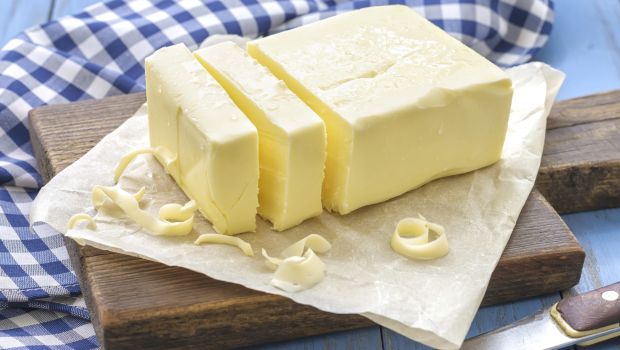Ghee has made a comeback into the Indian kitchen in recent years, and what a spectacular comeback it has been. After being labelled as weight-gaining and unhealthy for years - Ghee is now trending as the new superfood. Truth is, it keeps your gut healthy, is a source of good fats and is superb for the skin too! Healthy and monitored doses of ghee are actually being recommended by nutritionists around the world.
"Ghee can be had in small quantities daily as a source of saturated fats. Children can afford to have a larger quantity every day. Studies have shown that ghee can be good for lowering bad cholesterol and increasing good cholesterol," says Dr. Rupali Datta, Clinical Nutritionist.But, wait. What about butter? Does ghee fare better than butter if we were to compare them nutritionally? And what about the taste and usage?
The butter or makhhan that little Lord Krishna is known to love was unsalted, white butter taken out by manual churning of pots of milk cream or malai. The churning process would ensure that all the water was separated and the result was delicious and light white butter. The separated water was traditionally called Chhaas or Buttermilk.The butter that you today get in the market is an emulsion of milk fat in water with milk proteins acting as emulsifying agents. It's processed and has added salt.

Ghee Vs Butter: Which one is healthier? Nutrients in Ghee and Butter:
Ghee is unprocessed fat. It contains Omega 3 fatty acids along with Vitamin A. Fortified butter may contain Vitamin A.
Calories in Ghee and Butter:
Butter provides 717 Kcal per 100 grams with 51% saturated fats and 3 grams of trans fats.
Ghee provides 900 Kcal per 100 grams of serving with 60% saturated fats and no trans fats at all.When buying ghee from the store make sure you read the label properly. If it says ‘vegetable ghee' chances are this is not traditional ghee and may contain trans fats.
Taste & Usage of Ghee and ButterGhee and butter are both very different tasting and therefore it comes as no surprise that they are used in very different ways. In India, ghee continues to be used for cooking all kinds of curries, dals and meat dishes. On special occasions - it's even used as a cooking medium to fry pooris and paranthas or to make Sooji or Gajar ka halwa. The reason for this is ghee's ability to withstand high temperatures. It has a higher smoking point which makes it a better choice as compared to butter.Butter is usually used when making quick sauces like the White Sauce or Béchamel. Butter is also a great choice for sautéing vegetables and especially quick-cooking meats like fish, prawns and crabs. It adds a lovely flavor to the meat and tastes especially good when combined with garlic and herbs.

How to store Ghee and ButterTips to store Ghee: Homemade ghee can easily be kept outside for three months. Make sure it is kept away from direct sunlight and stored in an air-tight container.Tips to store Butter: In India, butter needs to be refrigerated for most parts of the year. It's best to break it into smaller chunks and store them wrapped in butter paper or zip lock bags. This way heating and re-heating become easier. It also ensures that food crumbs left behind on the butter don't stay for very long as smaller chunks get consumed quicker.














